A Report on the Impact of Business Models on Company Strategy
VerifiedAdded on 2022/11/03
|6
|482
|56
Report
AI Summary
This report examines the critical relationship between a business model and company strategy. It begins by defining business strategy as the methods used by a company to achieve its goals, and the business model as the way a company creates, delivers, and captures value. The report emphasizes that the business model is a core component of a company's overall strategy, dictating how the company achieves its objectives and generates profit. It highlights that business models can evolve as part of the overall business strategy. An example is given where a website, unable to profit from online advertisements, introduces a new business model, such as selling products through online stores. The report concludes by stressing the vital role of the business model in achieving a company's strategic objectives, providing a roadmap for success. The report references key sources such as Bocken et al. (2016), Laudon & Traver (2016), and Saebi & Foss (2015) to support its findings.
1 out of 6
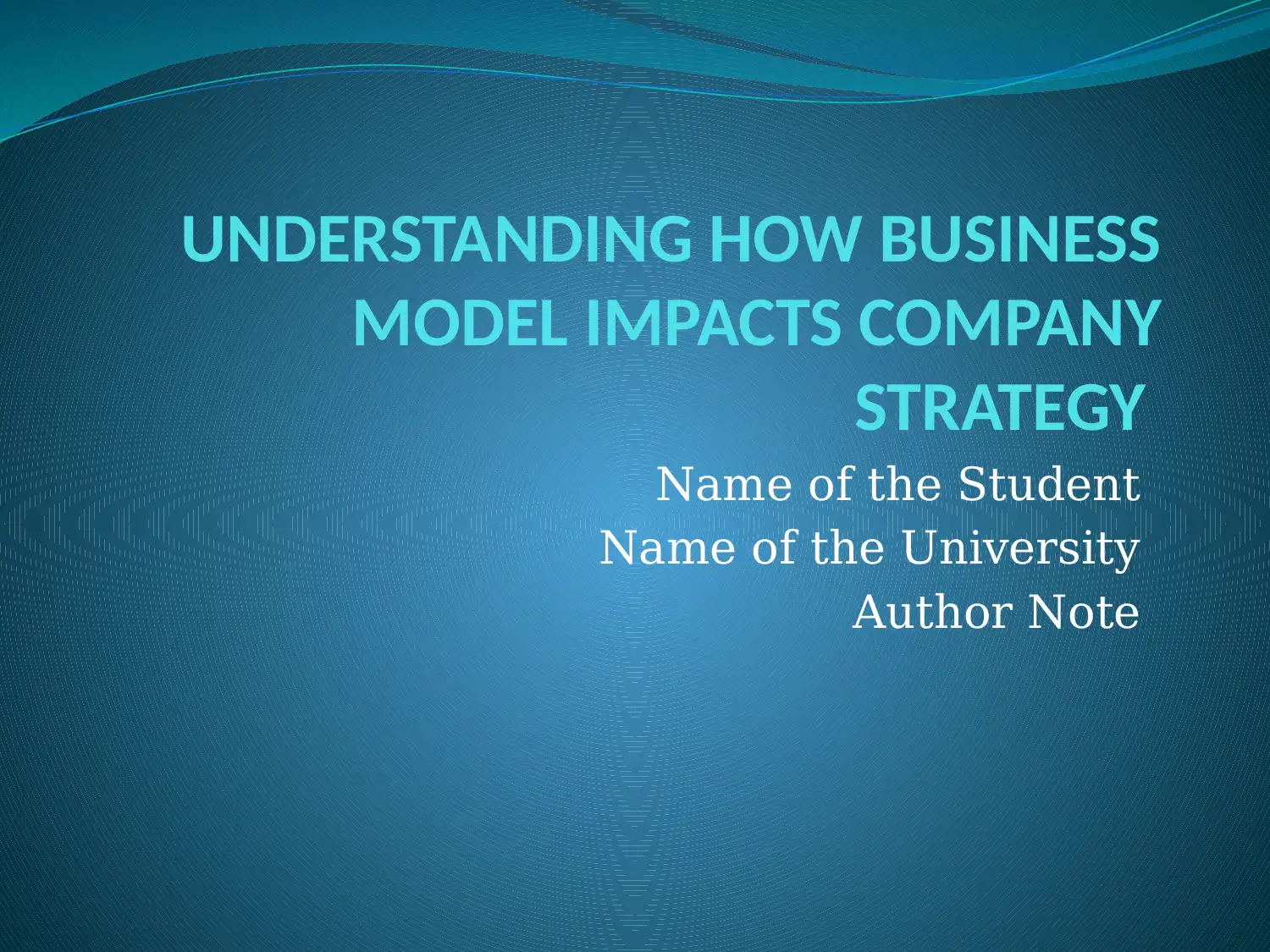
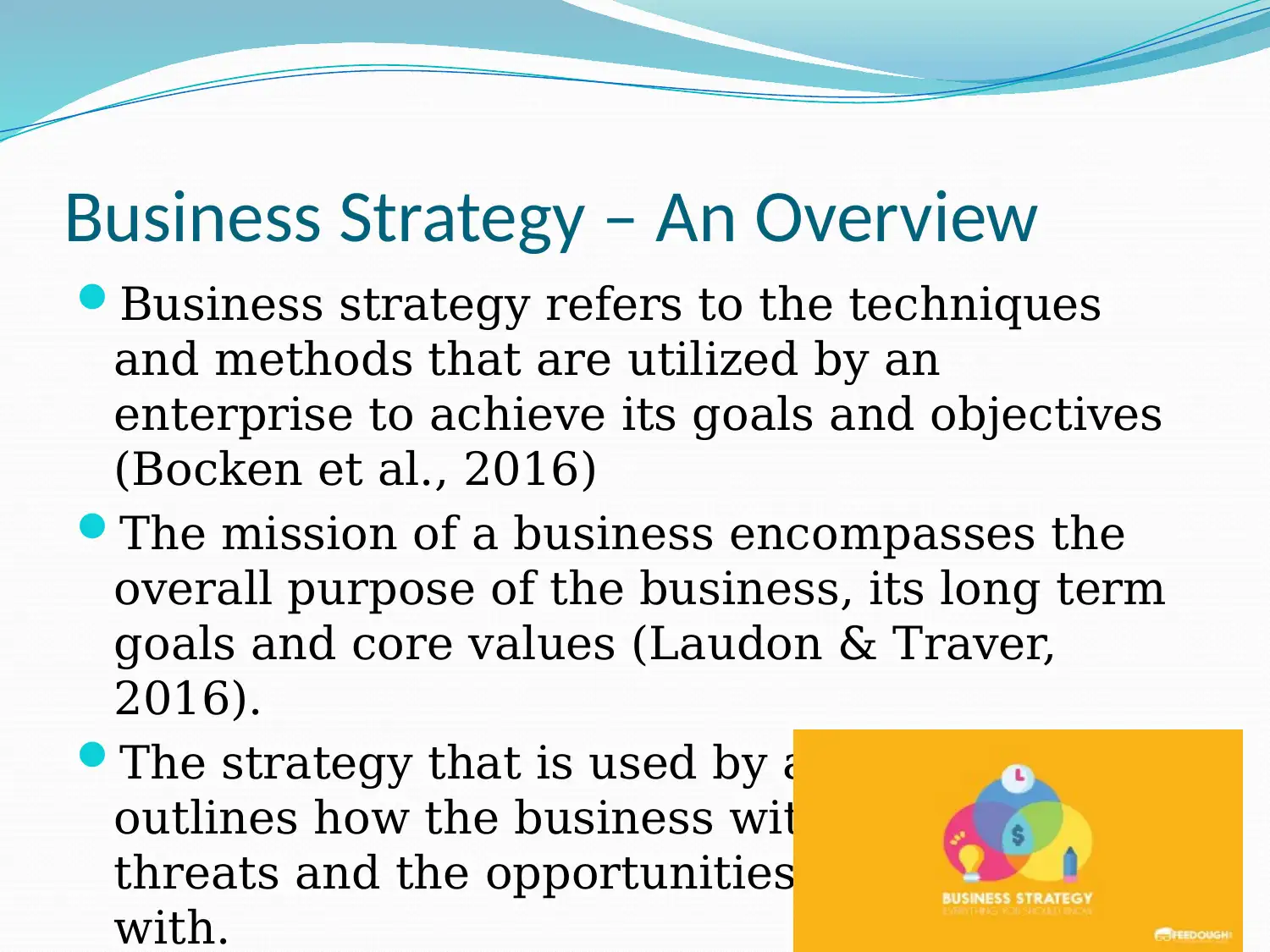
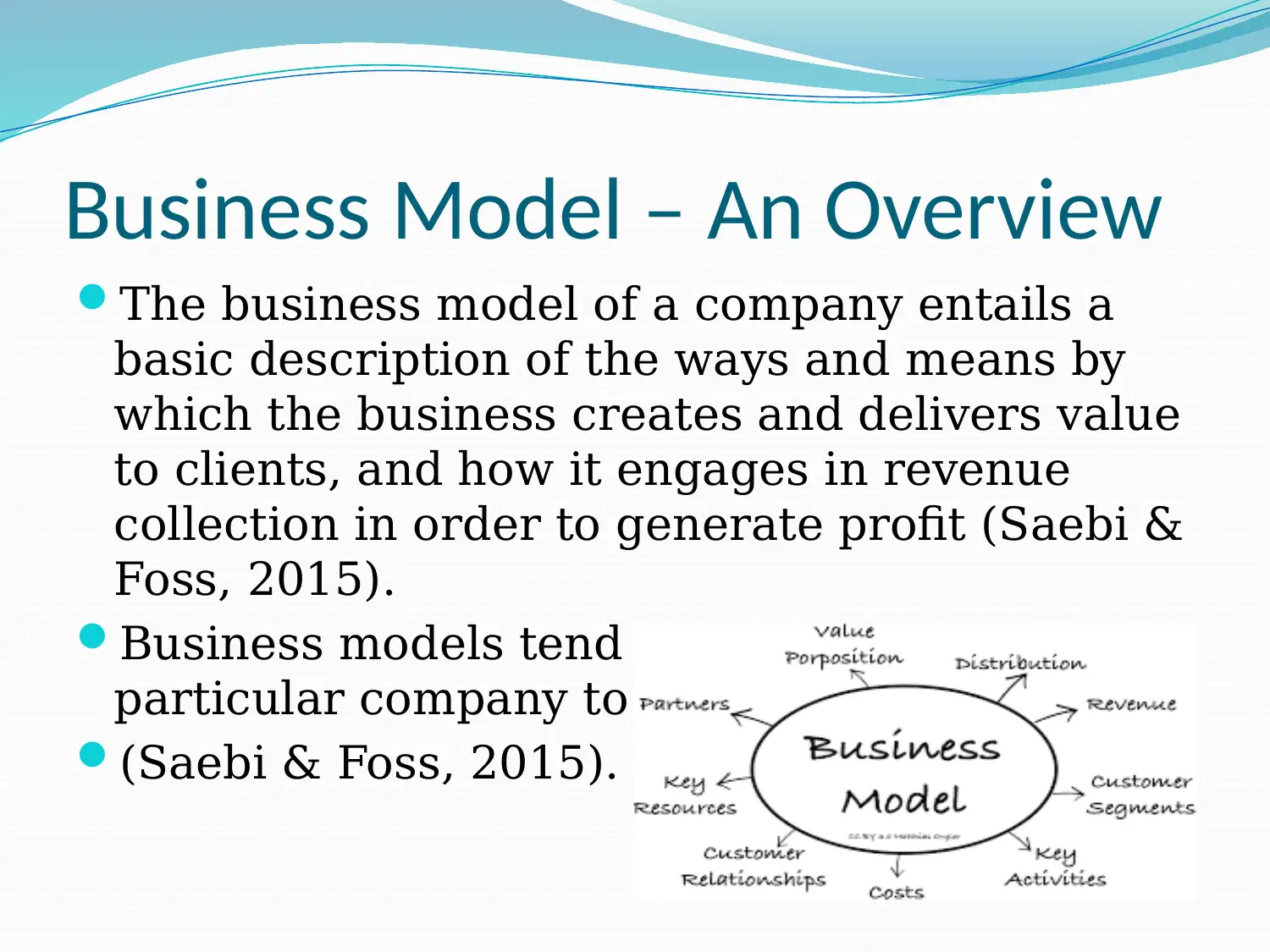

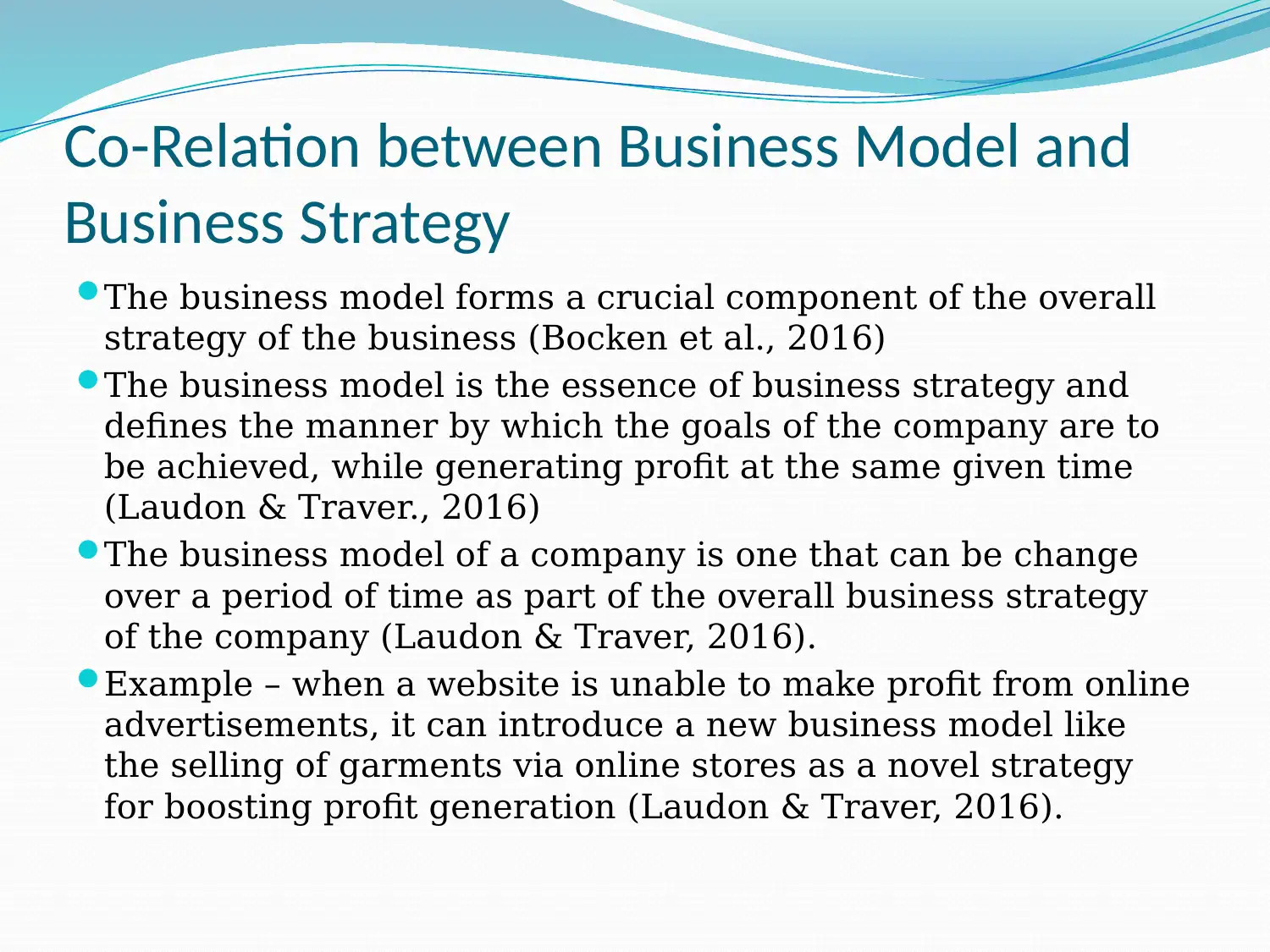
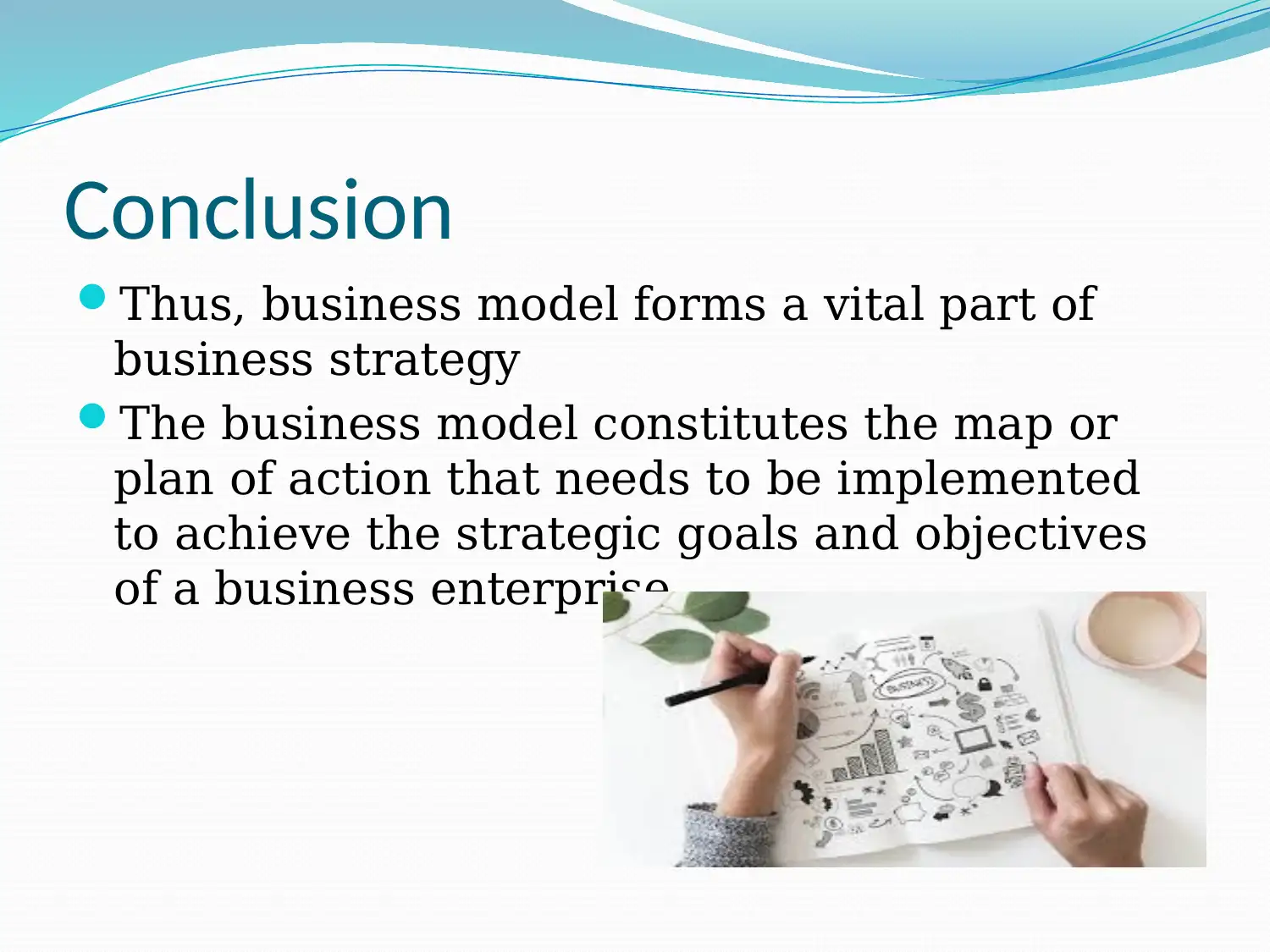
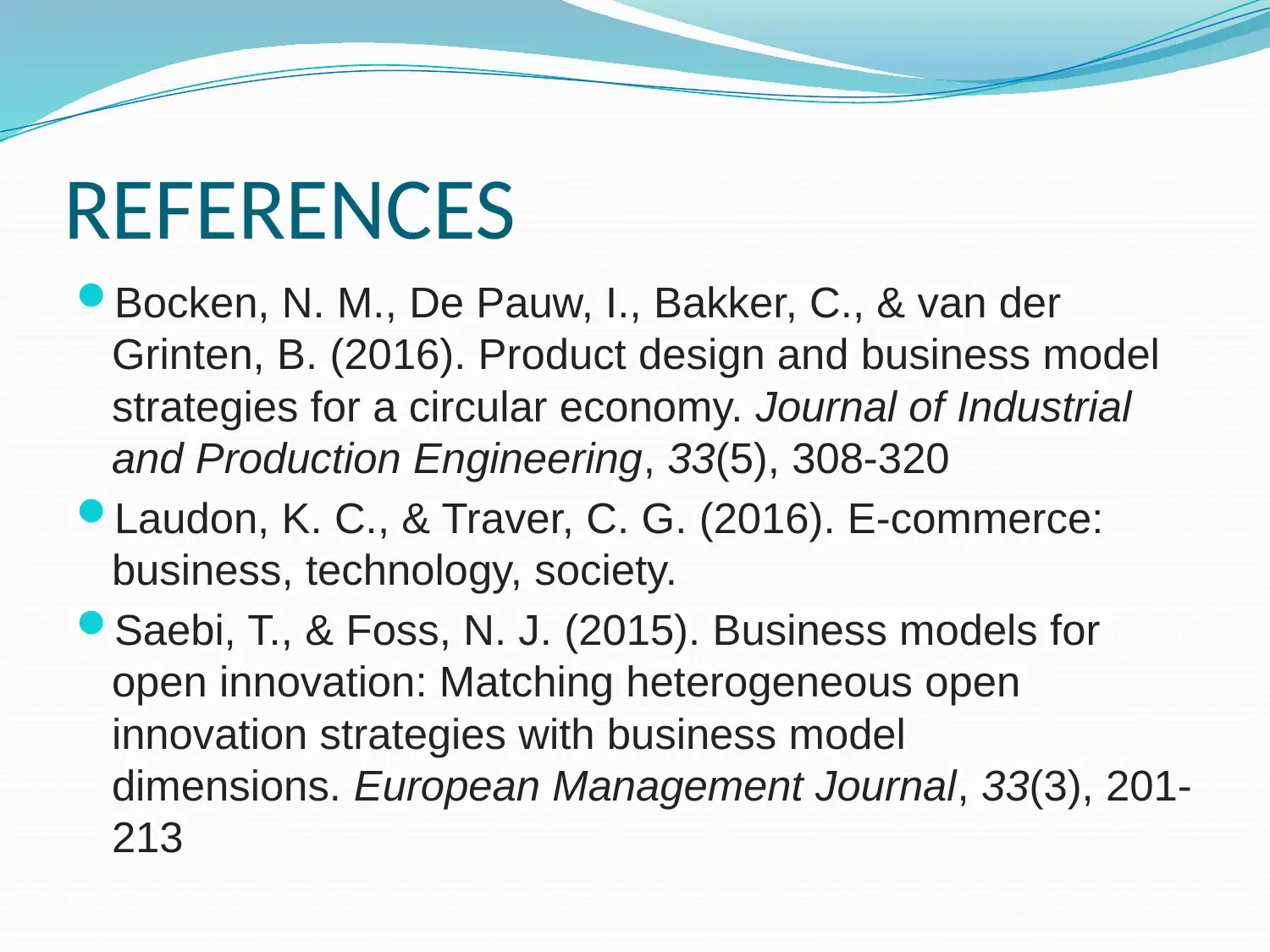






![[object Object]](/_next/static/media/star-bottom.7253800d.svg)